Stepping off the ferry onto Sardinia’s shores last summer, I felt like I’d landed somewhere time just moves differently. This Mediterranean gem—Italy’s second-largest island—captivated me right away with its wild mix of personalities.
Sardinia gives travelers an intoxicating blend of Caribbean-blue beaches and ancient ruins, not to mention mountain villages where centuries-old customs still thrive.
As I wandered across the island’s 24,000 square kilometers, I found a coastline that rivals any tropical paradise. The water is so clear and blue, sometimes you honestly forget you’re still in Europe.
My map quickly filled up with discoveries—prehistoric nuraghi towers scattered across the hills, slow-food villages where I lingered over meals with locals, and hidden coves you can only reach by boat or hiking trail.
What’s wild is how Sardinia still feels like a secret, especially compared to Italy’s big-ticket destinations. Whether you’re chasing adventure in the rugged mountains, lounging on pristine beaches, or getting lost in authentic island culture, this guide should help you make sense of Sardinia’s contrasts.
I’ve spent months exploring this place and, honestly, I can’t wait to share my favorite spots.
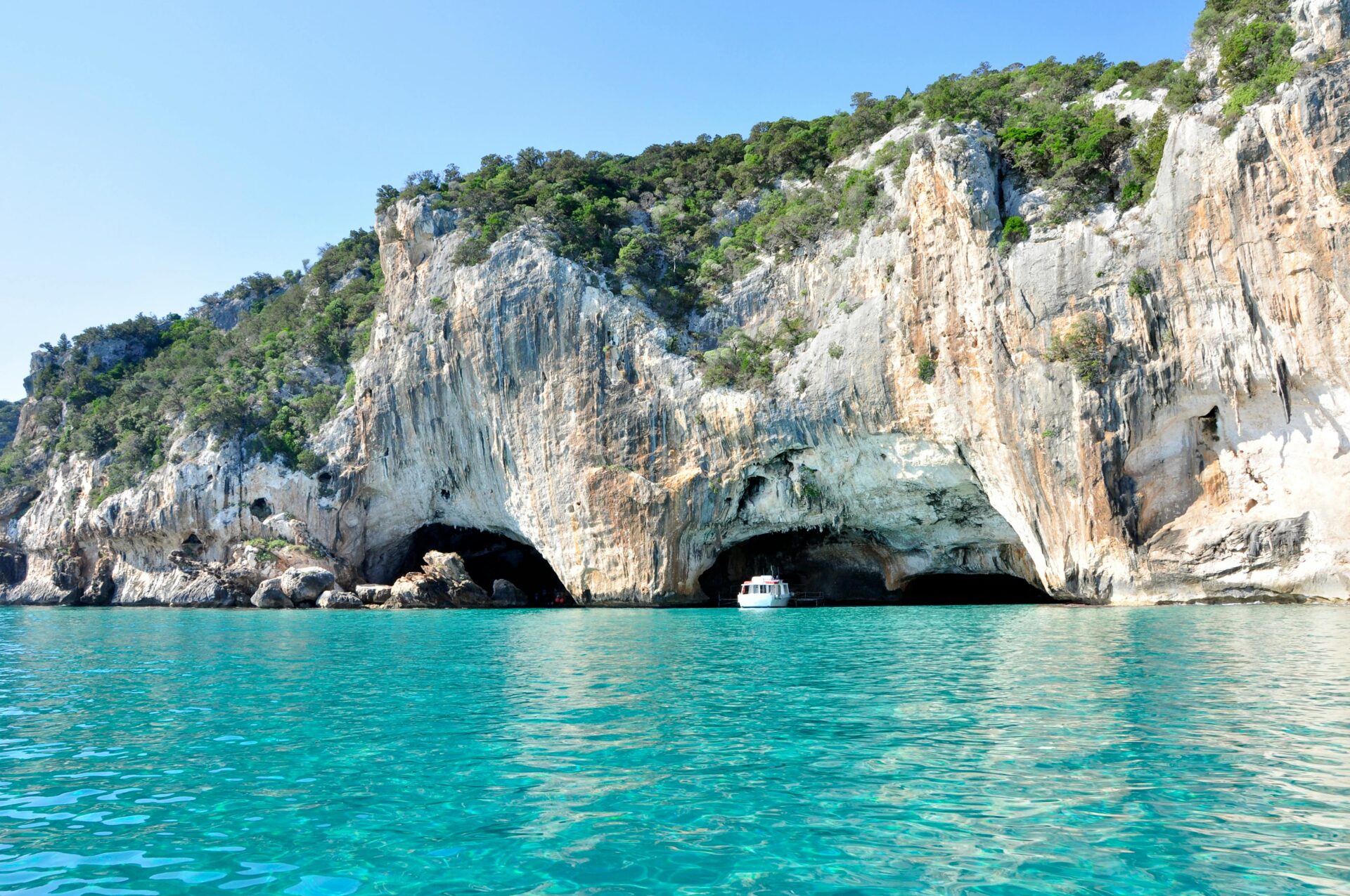
Getting to Know Sardinia: Landscapes, Towns & Coastlines
Sardinia reveals itself through dramatic contrasts. Rugged mountains give way to pristine beaches.
Ancient villages stand right next to modern coastal resorts. Each landscape and settlement has its own distinct vibe, and that’s what gives Sardinia its unique character.
Geography and Iconic Landscapes
Sardinia sits smack in the heart of the Mediterranean, about 124 miles west of mainland Italy. Its location makes it a crossroads—Corsica is just to the north across the Strait of Bonifacio, and Tunisia isn’t far to the south.
For an island its size, the landscape is surprisingly diverse. Inland, I stumbled across forest-covered mountains that catch a lot of visitors off guard—especially those who only know Sardinia for its beaches.
The Gennargentu mountain range cuts through the island’s center, forming a rugged backbone.
What really struck me is how the coastline changes as you circle the island. Up north, you get the famous Costa Smeralda with turquoise water and wild granite boulders.
On the west side, dramatic cliffs drop straight into deep blue sea.
Sardinia also protects some pretty remarkable Bronze Age remains. Mysterious nuraghe towers dot the landscape like ancient stone sentinels, connecting today’s visitors to the island’s prehistoric past.
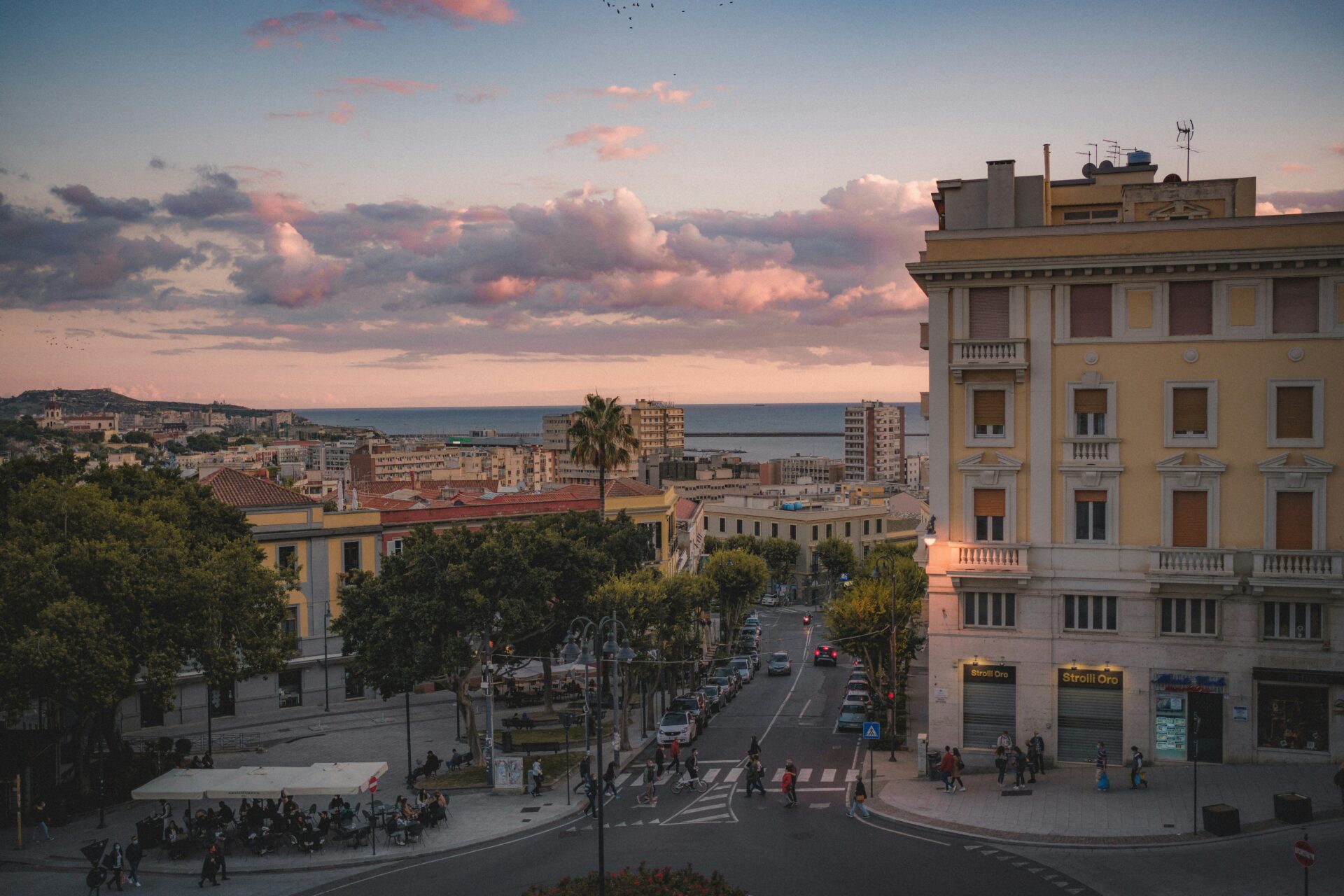
Major Cities and Historic Towns
Cagliari, the capital down south, blends modern energy with ancient history. Its Castello district sits high on a hill, looking out over the Gulf of Angels.
I love wandering those narrow medieval streets—they twist and turn, then suddenly open up to sweeping views.
Alghero, up in the northwest, totally charmed me with its Catalan roots. Locals still speak a Catalan dialect, and you can taste that heritage in the food.
The old town, fortified and jutting out into the sea, has a silhouette you won’t forget.
Sassari, Sardinia’s second-biggest city, feels more local and less touristy. Elegant piazzas and a lively university bring some youthful buzz to the historic center.
Olbia acts as the main gateway to the Costa Smeralda. But it’s not just a stopover—the archaeological museum here even displays a beautifully preserved Roman ship.
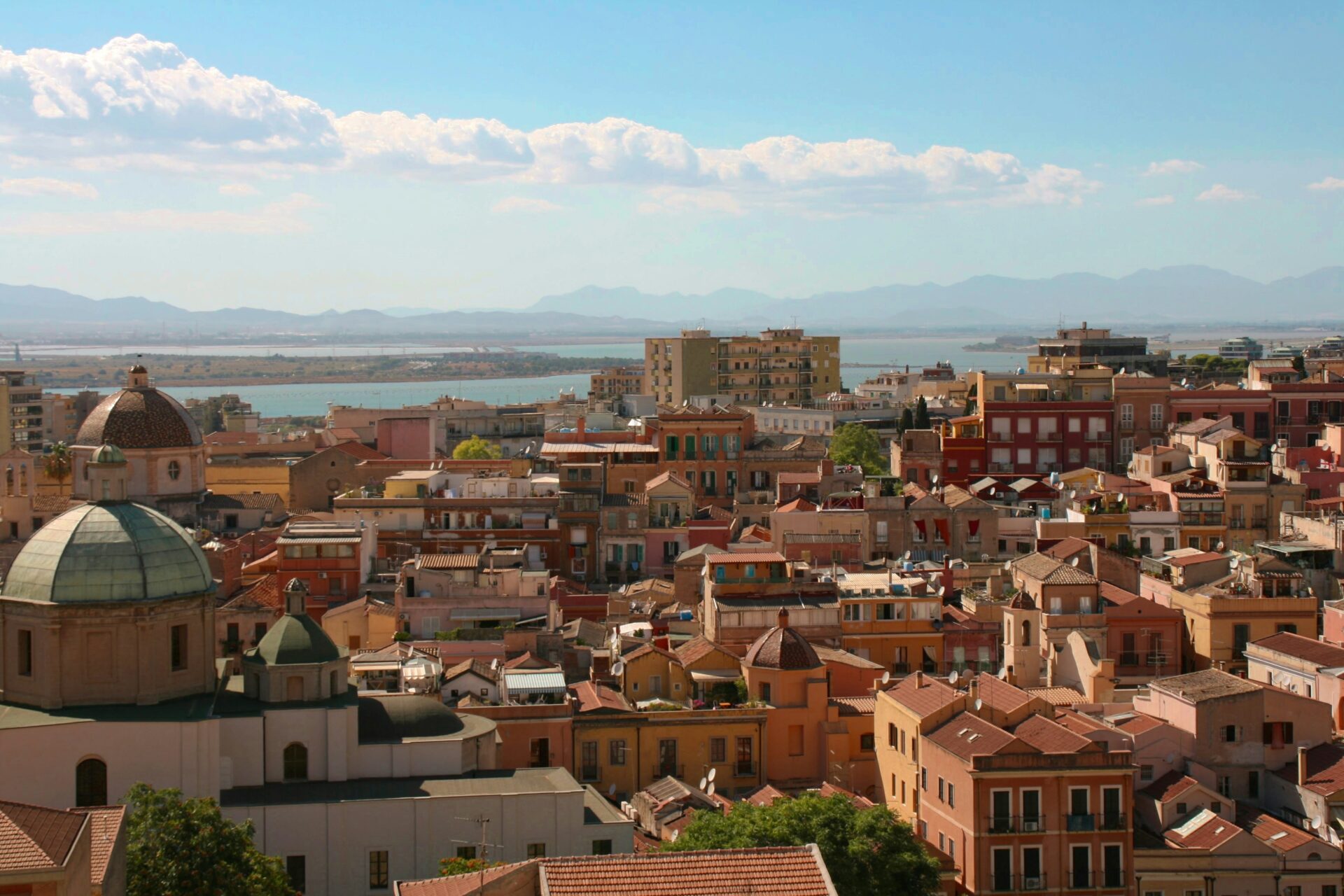
Charming Villages and Lesser-Known Gems
Outside the cities, Sardinia’s villages show off the island’s soul. Bosa won me over right away, with its rainbow houses along the Temo River and a medieval castle perched above.
Castelsardo sits dramatically on coastal cliffs, its ancient fortress walls holding in a maze of little lanes. You’ll still spot local women weaving baskets in their doorways, just like their grandmothers did.
For something different, check out Carloforte on San Pietro Island. This fishing town keeps its Genoese traditions alive, which makes it feel distinct from the rest of Sardinia.
The locals celebrate their tuna-fishing heritage in both cuisine and festivals.
In the mountains, villages like Dorgali give you a peek at traditional Sardinian life. Artisans here still make cork, ceramics, and delicate filigree jewelry using techniques passed down for generations.
Palau in the north opens the door to the Maddalena Archipelago. Meanwhile, tiny Santa Maria Navarrese is perfect if you want to explore the dramatic east coast without the crowds.
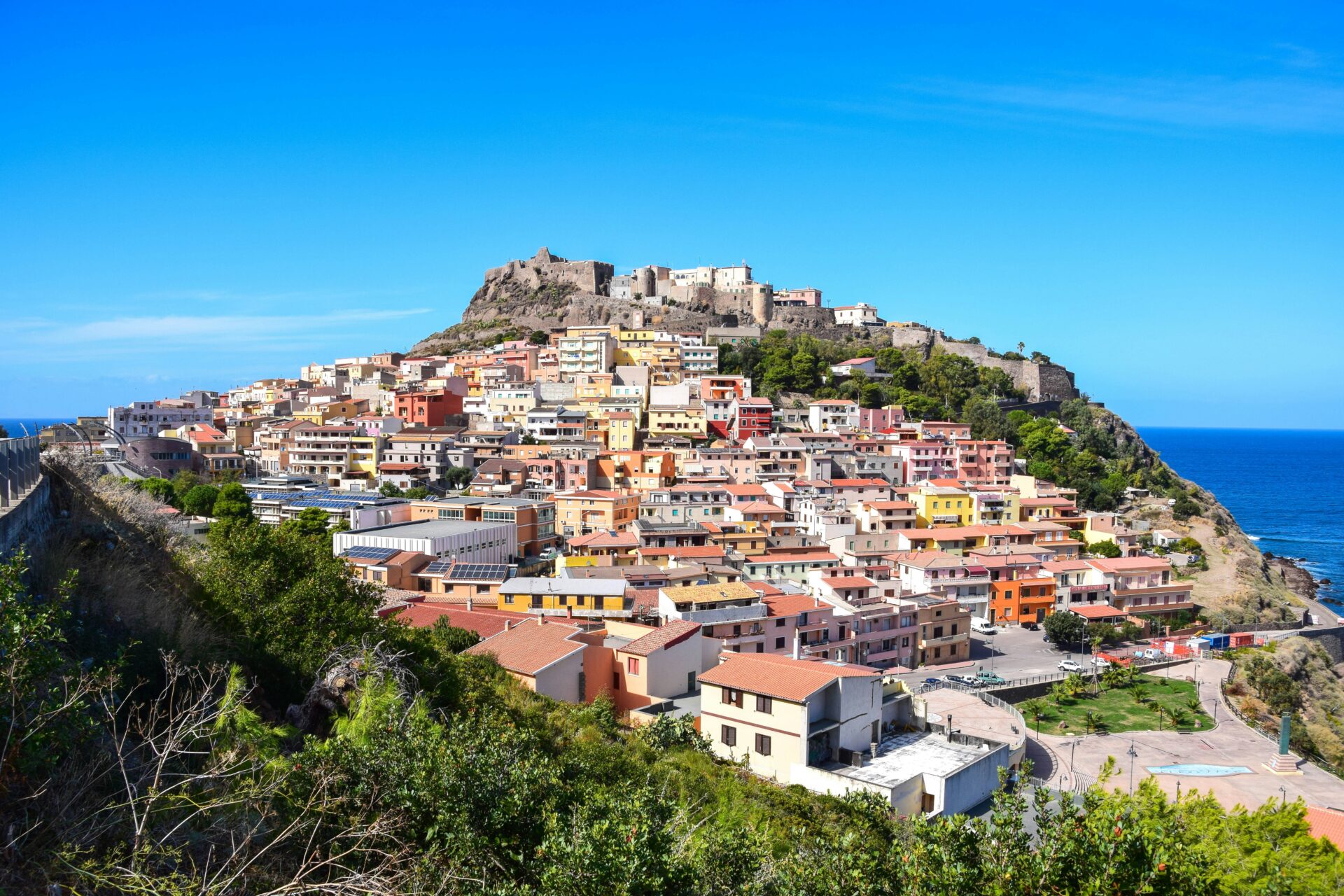
Sardinia’s Coastal Wonders: Beaches, Islands & Turquoise Waters
Sardinia’s coast is packed with some of Italy’s most jaw-dropping seaside treasures. The island is pretty much surrounded by pristine beaches, powdery sand, and crystal-clear turquoise water that honestly rivals the Caribbean.
The Most Beautiful Beaches
I’ve walked dozens of beaches in Sardinia, and every single one has its own vibe. With 1,200 miles of coastline, you can find everything from hidden coves to big open stretches of sand.
The famous Costa Smeralda (Emerald Coast) in the northeast blew me away. Water so clear, sand so white—it’s almost unreal.
Spiaggia del Principe and Capriccioli are absolute must-sees.
If you want something truly unique, check out Spiaggia Rosa (Pink Beach) on Budelli Island. The sand here has a pink tint from crushed coral and shells.
You can’t set foot directly on the beach (to protect it), but boat tours let you admire it from the water.
Some of my personal favorites? Cala Coticcio on Caprera Island, which locals call “Tahiti” for its tropical look, and the wild, dramatic Cala Goloritzé with its limestone spire rising out of the sea.
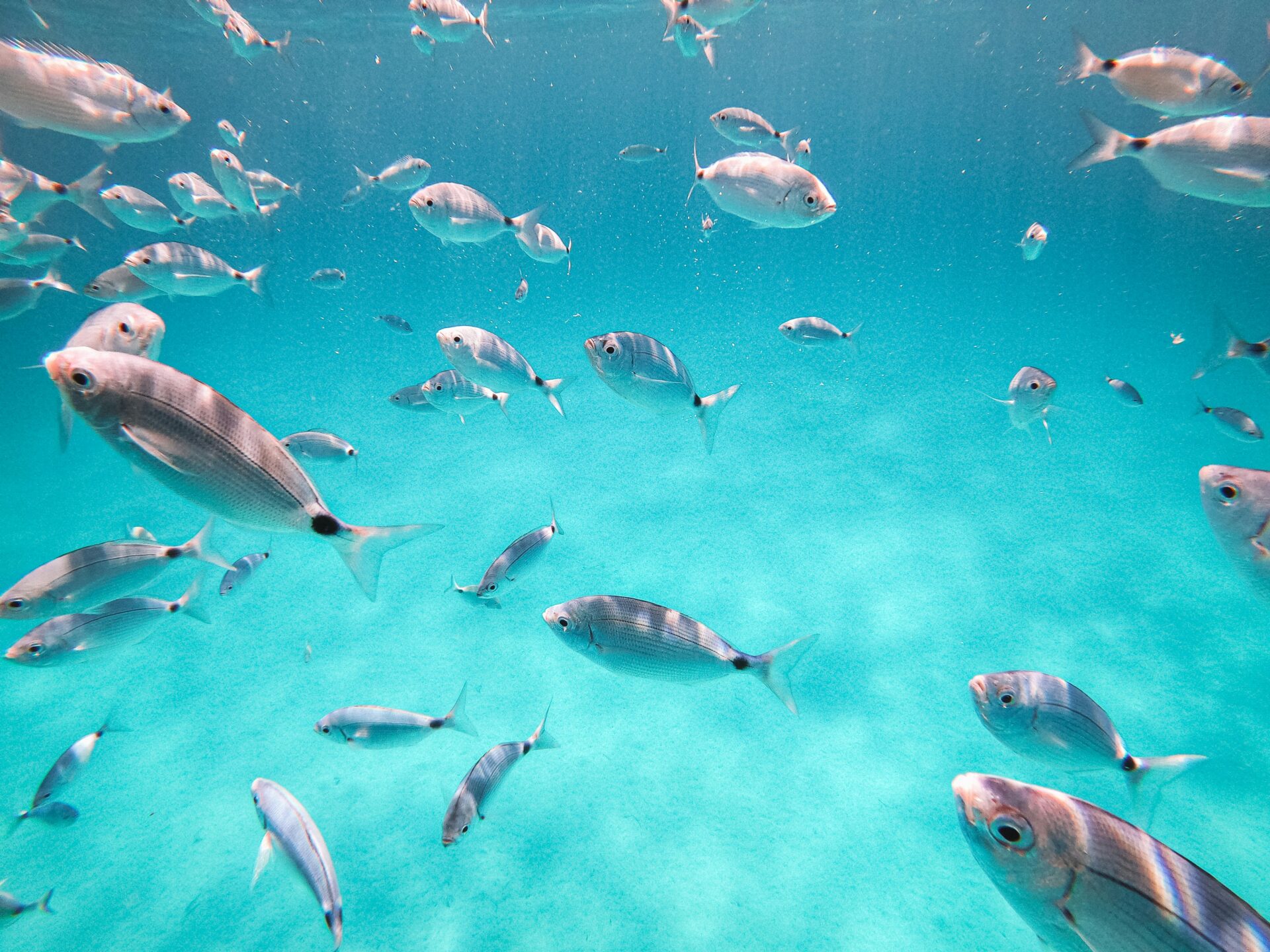
Famous Coastal Destinations
The Costa Smeralda deserves a closer look beyond just the beaches. This stretch is famously glamorous.
Porto Cervo stands out as a luxury hotspot—sometimes you’ll spot yachts worth more than most houses.
Cala di Volpe has a famous hotel that draws celebrities. The bay is great for a swim or just to people-watch, honestly.
A bit further north, Golfo Aranci and Portisco offer beautiful coastlines without quite so much flash. These towns have cozy harbors, excellent seafood, and quieter beaches.
For a perfect day trip, I’d go for Cala Capra near Palau. The bay is sheltered, the water is calm, and the views of the Maddalena Archipelago are just stunning.
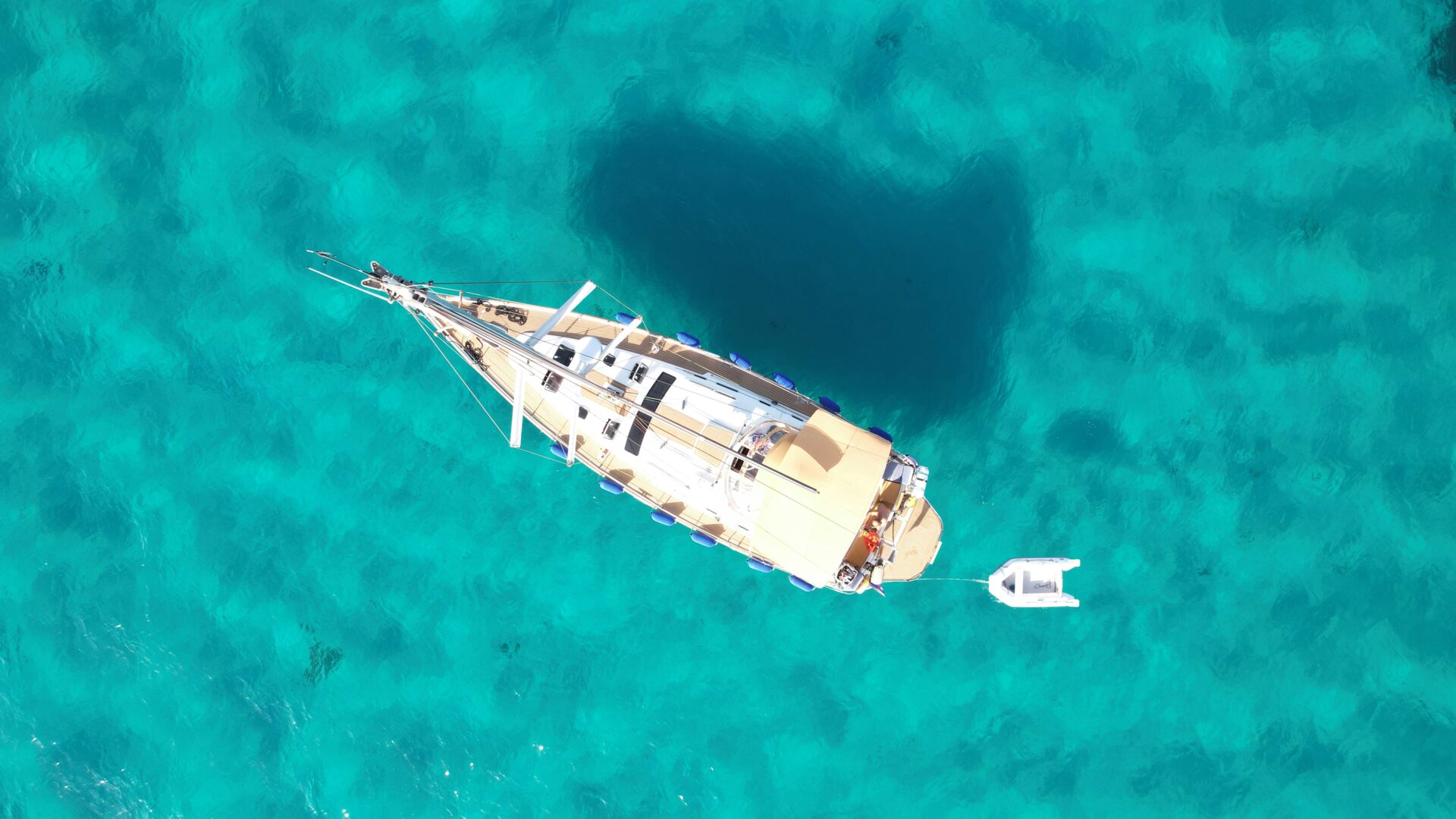
The Maddalena Archipelago and Surrounding Islands
The La Maddalena Archipelago is a cluster of seven main islands and a bunch of tiny islets between Sardinia and Corsica. For me, this spot is the highlight of Sardinia.
La Maddalena is the main island and serves as your jumping-off point. From here, you can hop on boat tours to Spargi (don’t miss Cala Corsara beach) and Budelli with its famous pink sand.
Caprera is both wild and historic—it was home to Giuseppe Garibaldi, the Italian revolutionary. I love hiking the trails and swimming in the hidden coves here.
You should also check out Asinara in the northwest, which used to be a prison island and is now a national park with white albino donkeys. San Pietro off the southwest coast is another gem, especially for its fishing villages.

Unmissable Island Adventures
Honestly, the best way to see Sardinia’s coast is by boat. Rent a small motorboat (no license needed for certain sizes) and go hunting for hidden coves you can’t reach by land.
If you’re up for some adventure, try these:
- Snorkeling in the marine reserve around Tavolara Island
- Windsurfing at Porto Pollo, which is huge for wind sports
- Cliff jumping at Cala Goloritzé—if you’re brave enough!
- Sailing excursions to Bonifacio in Corsica, just a quick trip from northern Sardinia
Don’t leave without a sunset cruise along the Gulf of Orosei’s limestone cliffs. Watching the colors change on the rocks as the sun disappears is something I’ll never forget.
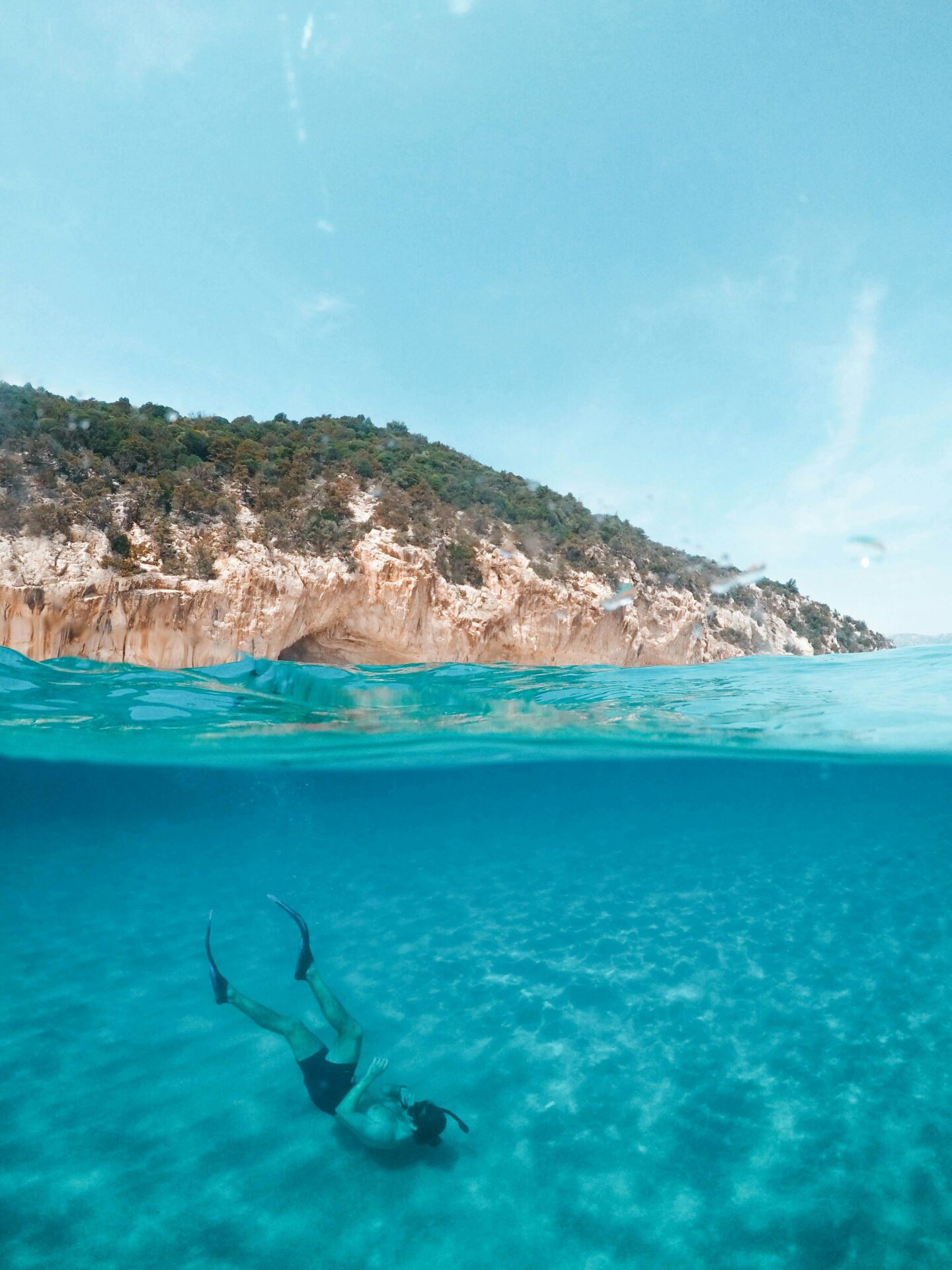
History, UNESCO Heritage & Ancient Wonders
Sardinia is packed with some of Europe’s most impressive prehistoric sites. The island’s ancient stone structures whisper stories of Bronze Age civilizations and mysterious rituals from long before anyone wrote things down.
Exploring Nuraghe and Mysterious Megaliths
The nuraghi are Sardinia’s signature ancient structures. Locals built these massive stone towers during the Bronze Age (1800–500 BC).
Su Nuraxi di Barumini, a UNESCO World Heritage site, left me speechless. I wandered through its central tower and the maze of smaller buildings around it, imagining what life must have been like for the Bronze Age community that called it home.
You’ll find more than 7,000 of these enigmatic towers scattered across Sardinia, though most are now ruins. No one agrees on their purpose—were they forts, temples, or homes for chieftains? What’s clear is that they point to a unique and advanced prehistoric culture.
The nuragic people also carved the “Giants of Mont’e Prama”—huge stone warrior statues that stand over six feet tall. These figures predate similar sculptures on mainland Italy by centuries.
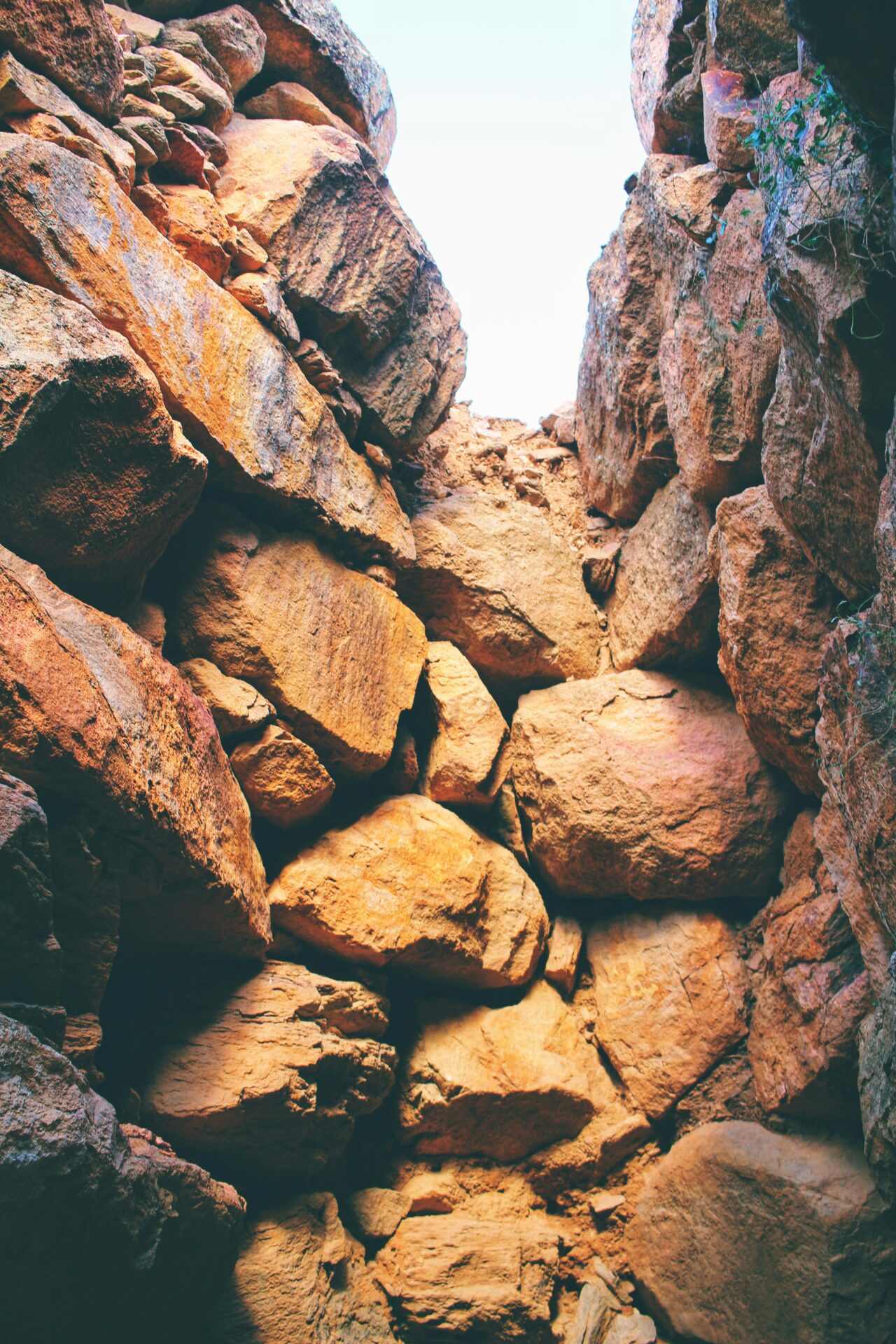
Prehistoric Sacred Wells and Necropolis
Sardinia’s sacred wells give us a peek into ancient spiritual life. At Santa Cristina, I climbed down into a perfectly preserved Bronze Age well temple, with stone steps leading to a hidden chamber underground.
The stonework is so precise, it’s honestly hard to believe how old it is.
These wells served practical needs but also hosted religious ceremonies—probably to honor water deities. Nearby, you’ll often spot the “Tombs of Giants”—huge burial sites with ceremonial entrances.
The island’s necropolis sites are equally fascinating. At Anghelu Ruju near Alghero, I explored dozens of rock-cut tombs from around 3000 BC.
These “domus de janas” (“fairy houses”) feature intricate carvings and multiple chambers, giving us a window into prehistoric burial customs.
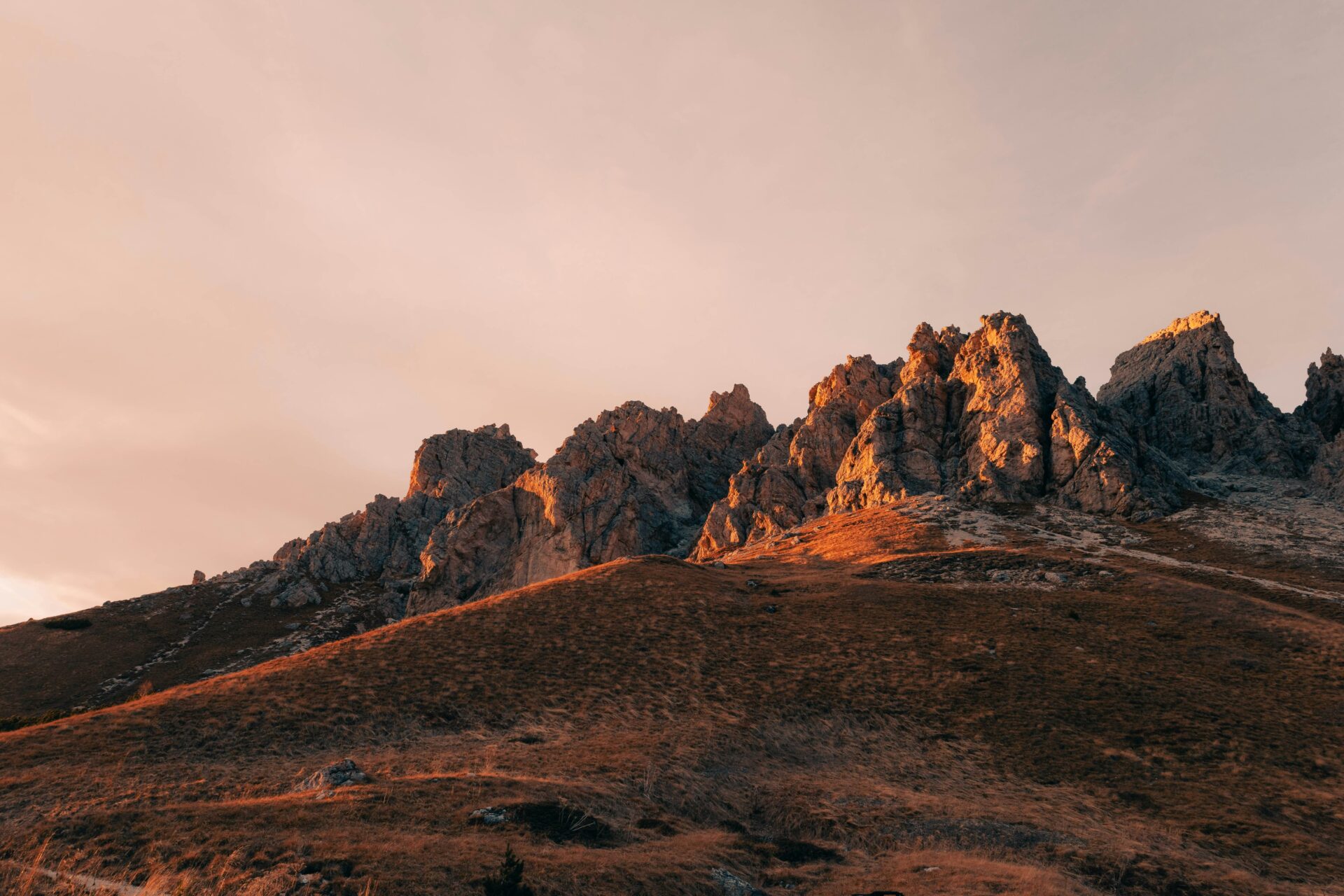
Archaeological Sites and Ancient Cities
The ancient city of Nora, down south, reveals Sardinia’s layered history. Phoenicians founded it, then Carthaginians and Romans took over.
Today, you can wander through mosaics, baths, and an old theater. Walking those ancient streets, I could almost feel the ghosts of past civilizations.
Tharros, on the Sinis peninsula, also has impressive ruins in a stunning coastal setting. Here, you’ll find Punic temples, Roman streets, and public buildings stretching along the water.
If you’re into Roman history, don’t skip Fordongianus. Its thermal baths are still impressively preserved, and the natural hot springs still bubble up today.
Sardinia’s isolation has actually helped protect these sites from looting and destruction, so what’s left is an extraordinary window into ancient Mediterranean life.
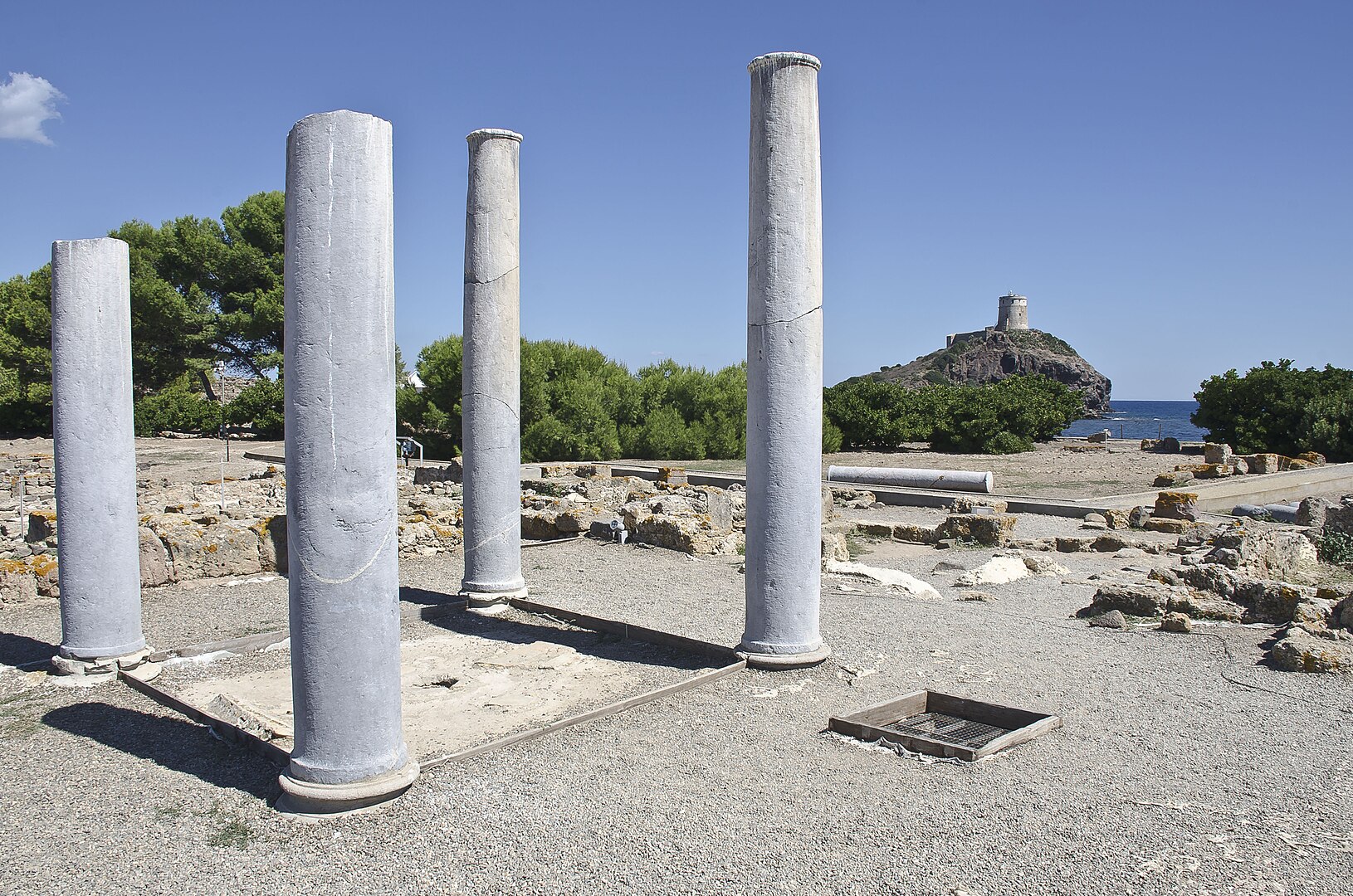
Traditions, Cultural Events & Local Life
Sardinia’s cultural identity runs deep. You’ll see it in festivals, ancient rituals, and the rhythms of daily life.
The island somehow manages to preserve age-old customs while still embracing its modern Italian side.
Festivals and Time-Honored Celebrations
Sardinian festivals are some of the most genuine expressions of local culture I’ve ever seen in Italy. The island’s calendar overflows with celebrations that mix religious devotion and pre-Christian traditions.
During the Cavalcata Sarda in Sassari (usually May), I watched locals parade in traditional costumes from different villages. The embroidery and unique style of each region’s dress tell stories of Sardinia’s diverse heritage.
Sant’Efisio Festival in Cagliari is nothing short of spectacular. Every year since 1657, thousands join in traditional dress, with ox-drawn carts and horseback riders winding through the streets.
The devotion and energy during this four-day celebration blew me away.
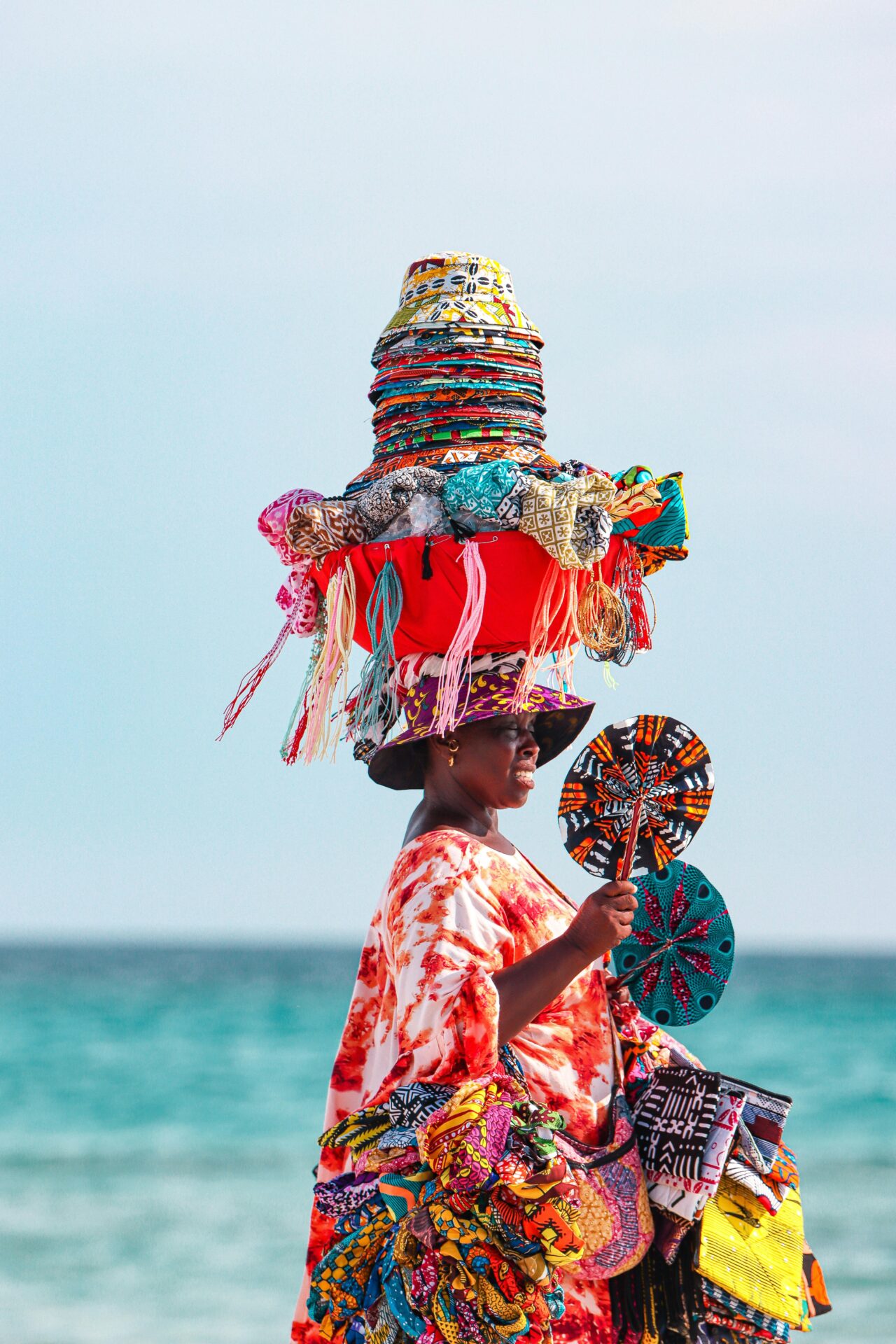
Fishing, Farming and Artisanal Heritage
Sardinia’s connection to the sea and land runs deep. In the coastal towns, I’d wake up early just to watch fishermen haul in their catch, relying on techniques their families taught them long ago.
Up in the mountain villages, agricultural traditions still thrive. Shepherds make exceptional cheeses like Pecorino Sardo and Fiore Sardo, sticking with methods that haven’t changed in centuries.
When I visited farms, families eagerly showed off traditional bread-making in wood-fired ovens. The pride in their craft was obvious.
Artisanal crafts pop up everywhere across the island. In tiny workshops, I watched weavers at their looms, making intricate textiles by hand.
Basket makers twisted local reeds into practical works of art. These aren’t just souvenirs—they’re a living piece of Sardinian identity.
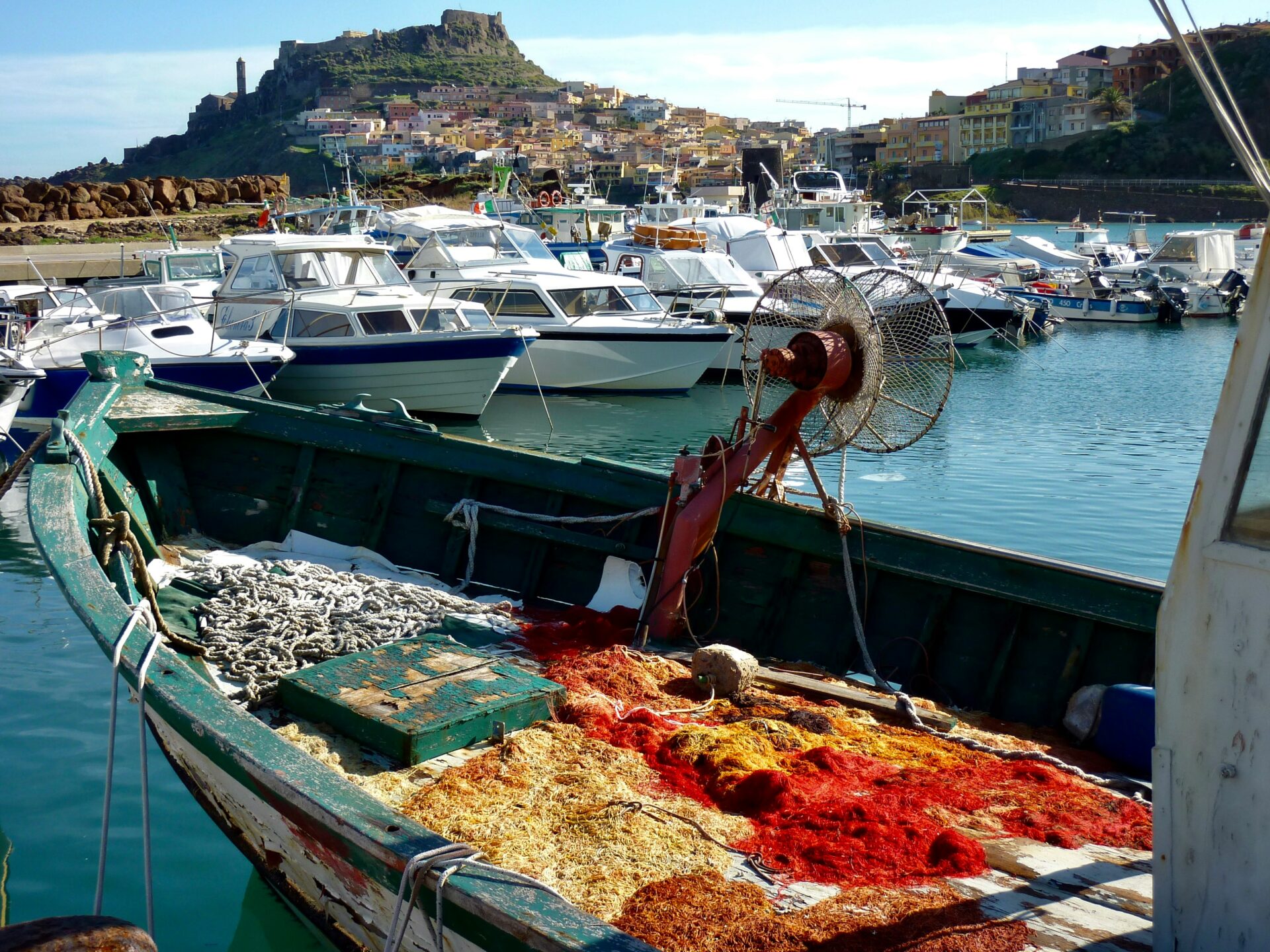
Gastronomy, Wine & the Flavors of Sardinia
Sardinian food stands out as one of Italy’s most distinctive culinary traditions. Centuries of cultural influences and the island’s rugged bounty shape every dish and drink.
You can taste the stories of shepherds, fishermen, and farmers in the food here. They’ve created unique recipes that, honestly, haven’t strayed far from their roots.
Classic Sardinian Cuisine and Specialties
I’ve noticed Sardinian cuisine leans on simple, top-notch ingredients. People here honor tradition in the way they prepare meals.
Pecorino Sardo, a sheep’s milk cheese, pops up everywhere—from young, mild wheels to sharp aged wedges that really pack a punch.
Bread is a big deal. There’s Pane Carasau, or shepherd’s bread, which is so thin and crisp. Shepherds used to make it to last through long stretches in the mountains.
Its delicate crunch goes perfectly with local meats and cheeses. I mean, who could resist that?
Culurgiones, the island’s signature pasta, is a must-try. These little ravioli-like pockets are stuffed with potato, Pecorino, and mint—a flavor combo you just won’t find anywhere else in Italy.
Along the coast, seafood is king. Locals prepare the catch simply, letting those fresh flavors shine.
Head inland, and you’ll find hearty stews and roasted meats that reflect a long pastoral history.

Celebrated Wines and Local Libations
Sardinia’s wine tradition goes back thousands of years. The island produces distinctive varieties that pair perfectly with the food.
Cannonau, the most famous red, brings bold flavors and hints of ripe berries and spice. Some even say it helps explain why Sardinians live so long—who knows?
Don’t sleep on the white wines, either. I’m especially fond of Vermentino for its crisp, refreshing taste and those subtle citrus notes.
It’s a natural match for seafood. Seriously, nothing beats it on a warm evening by the coast.
If you’re up for something different, track down Malvasia di Bosa. This fortified wine, crafted in small batches along the western coast, is rich with honey and floral notes.
It’s ideal for sipping after dinner. I’d say it’s worth seeking out.
Locals also make Mirto from myrtle berries and Fil’e Ferru, a strong traditional grappa. Both offer a quirky glimpse into Sardinian drinking culture—and honestly, they make fun souvenirs.

Travel Experiences, Accommodation & Practical Tips
Sardinia gives you endless ways to create lasting travel memories. The island’s mix of landscapes and places to stay means there’s something for everyone, whether you crave luxury or adventure.
Authentic Touring and Outdoor Activities
I quickly learned that renting a car is a must if you want to find Sardinia’s secret spots. Those winding coastal roads just deliver views you can’t get any other way.
Hiking into the rugged interior opened up a whole new side of the island. The Gorropu Gorge, one of Europe’s deepest canyons, really pushed my hiking limits.
But wow—the views and rare wildlife, like the Sardinian deer, made it all worth it.
Water activities? Absolutely essential. I tried snorkeling on the northeast coast; the water was so clear, and the fish and rock formations were just stunning.
Many coastal towns offer boat tours so you can check out hidden beaches and caves you’d never reach by land.
For a real taste of Sardinian culture, I made sure to visit during local festivals. The celebrations in small villages gave me glimpses of authentic life that most tourists never see.
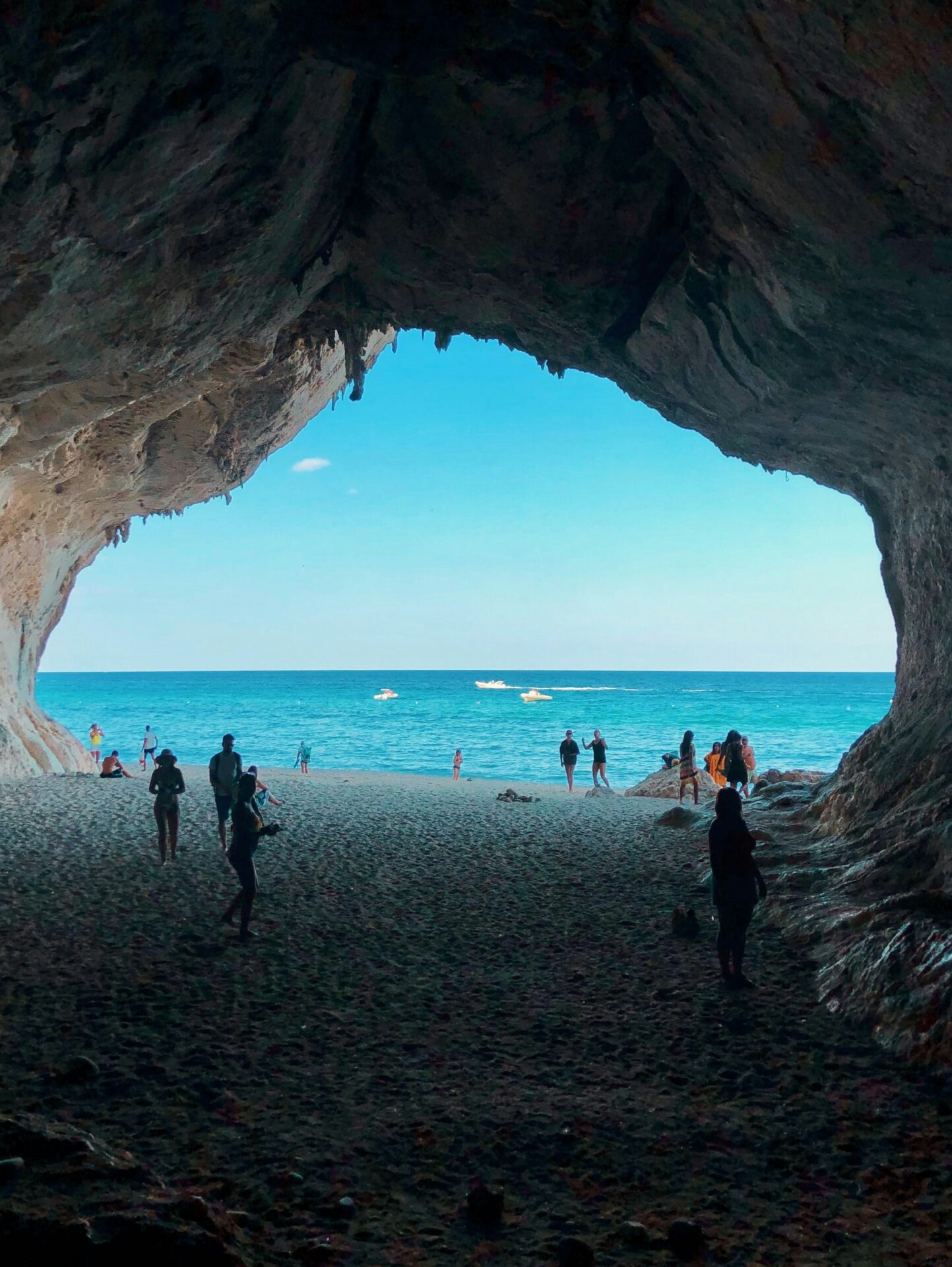
Where to Stay: Villas, Apartments & Unique Lodgings
Sardinia has a wild mix of places to stay, from the seriously luxurious to the kind of rustic charm that makes you want to stay forever. Last time, I picked a countryside villa near Alghero—it had so much privacy, stunning views, and honestly, just felt like real Sardinian life.
A lot of villas include private pools and outdoor kitchens. If you’re traveling with family or friends, these places make a lot of sense. When you split the cost, they can actually be cheaper per person than those fancy hotels.
If you want more convenience, apartments in the coastal towns are a solid option. I rented one in Cagliari’s old quarter, and it put me right in the middle of everything—restaurants, shops, you name it. Plus, I could kick back and cook dinner with local stuff from the markets.
Want something a bit different? Try an agriturismo—a farm stay. These working farms let you stay in comfy rooms and serve up meals made with their own ingredients. I still think about the homemade pasta and wine from a place near Oliena.
If you’re watching your budget, check out B&Bs in the smaller towns. Most are family-run and, honestly, the owners usually share tips you’d never find in any guidebook.

